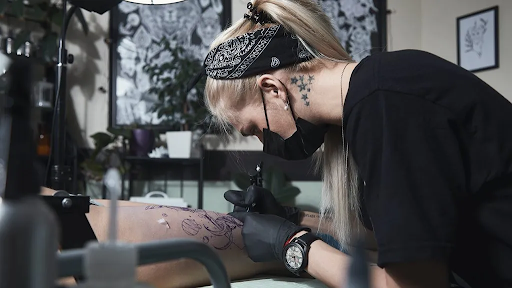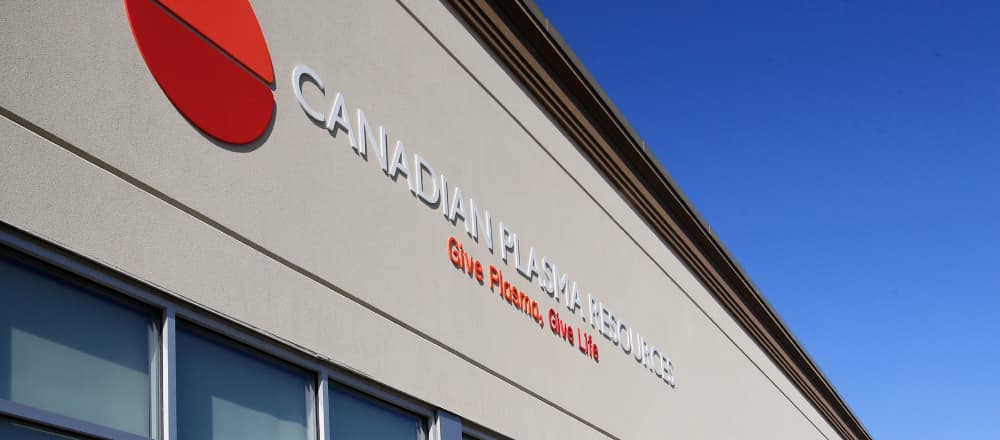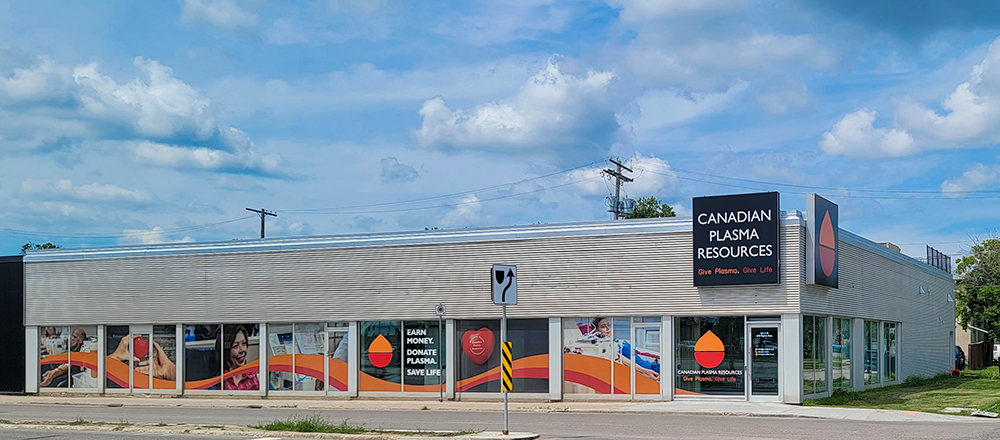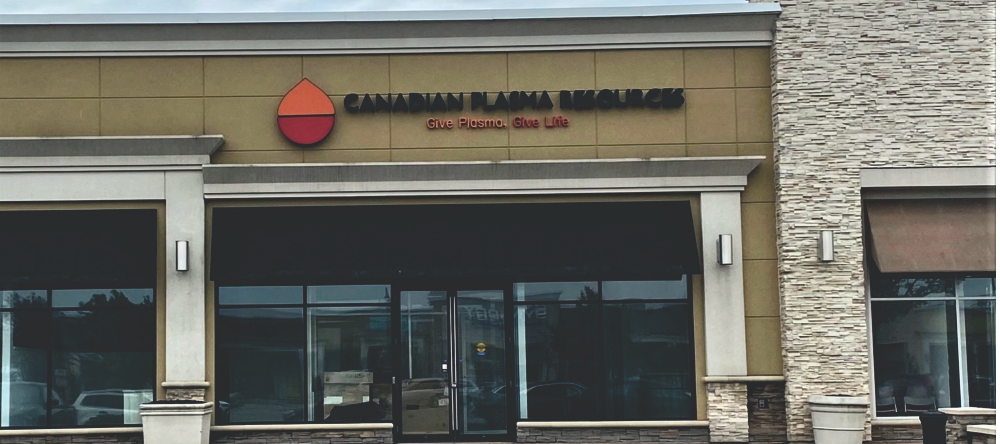Plasma Donation with Tattoos
July 1, 2023
We know that when it comes to donating plasma, there can be a lot of factors that can affect your eligibility. Today, we hope to inform you more about the background of tattoos, their risks, and why there is a waiting period after getting your new tattoo.
What are Tattoos Really?
A tattoo is an imprint or artistic pattern created on the skin by inserting pigments through pricks into the uppermost layer of the skin. Traditionally, a tattoo artist uses a handheld device resembling a sewing machine, which features one or more needles that repeatedly pierce the skin. During each puncture, little ink droplets are deposited into the skin, resulting in the desired design or mark that lasts permanently.
What Makes Tattoos Permanent?
When a tattoo needle punctures the skin, it creates a break in the epidermis, the outer layer of skin, and deposits ink into the dermis, the inner layer that contains numerous blood vessels and nerves. This process triggers the immune system, which responds by sending immune cells, including macrophages, to the tattoo site. Macrophages play a role in cleaning up the area by engulfing the ink particles to keep the site as clean as possible. However, some ink particles evade macrophage capture and are absorbed by fibroblasts, specialized skin cells responsible for maintaining the skin’s structure. These fibroblasts and macrophages then become permanently trapped in the dermis, leading to the long-lasting presence of the tattoo.
Risks Involved
There are many risks associated with getting a tattoo done. And when donating plasma, because it goes to people who are already immunocompromised, there need to be strict rules on who can and can’t donate. Because tattoos breach the skin, they can cause skin infections and other complications that in turn can hinder your eligibility to donate plasma.
Mayo Clinic states that allergic reactions, bloodborne diseases, and other skin problems can arise after a tattoo. Since tattoos are done with dyes, this can trigger an allergic reaction such as rashes, which can even show years later. Bloodborne diseases like methicillin-resistant Staphylococcus aureus (MRSA), hepatitis B and hepatitis C can also occur if the equipment used to create your tattoo was contaminated with infected blood. Lastly, areas of inflammation called granulomas can form around your tattoo which can lead to keloids – areas of skin with raised overgrowth scar tissue.
Waiting Period
Because of these potential risks involved with getting a tattoo, there is a waiting period that donors have to go through in order to be able to donate again. At the Canadian Plasma Resources Centres, we ask that our donors wait 6 months after getting their tattoos before they are eligible to donate with us. After the 6 month period is over, we are more than excited to have you back in our centres to continue/or start your donation journey.
Thank You for Donating.
Thank you so much for taking the time to learn more about donating with tattoos, and becoming a more informed part of the Give Plasma community. We appreciate all you do as donors and supporters. Visit our website today to find the centre nearest you to book your plasma donation.










